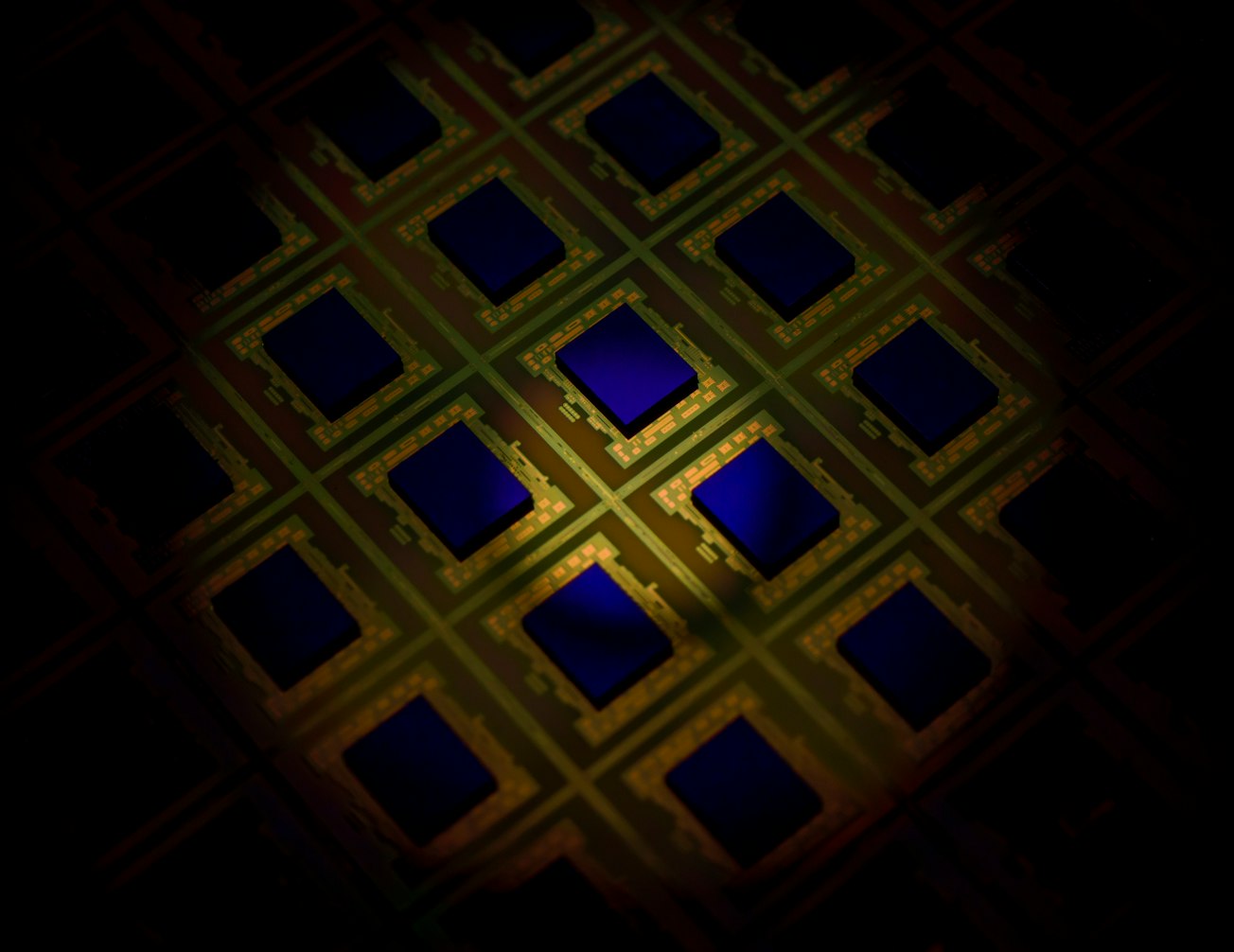What is it about?
Showing in full accordance with Fermi-Dirac and Boltzmann statistics that, in doped SI at room temperature, free-carrier density is much lower than dopant density at medium–high dopings. This questions the conventional assumption of full dopant ionization at all doping levels, which has been used so far to model the physics of highly doped Si.
Featured Image

Photo by Maxence Pira on Unsplash
Why is it important?
Majority-carrier mobility and minority-carrier mobility for the same carrier species are shown to be the same at medium-high dopings. This puts an end to a long-lasting issue about the difference between the values of conductance mobility and drift mobility at medium-high dopings for the same carrier species in Si. Such a difference appears to be only due to a systematic error in the measurements of conductance mobility at room temperature, which has consisted in postulating conventionally full dopant ionization at medium-high dopings. It is also shown that assuming band-gap narrowing at high dopings has been a way used to account for experimental detections of the incomplete ionization of dopants at high dopings calculated by the presented model.
Perspectives
Improving the modeling and simulation of the performance of majority-carrier devices. Removing the need for band-gap narrowing when modeling the performance of minority-carrier devices such as Si solar cells.
Luigi Abenante
ENEA Agenzia Nazionale per Le Nuove Tecnologie l'Energia e lo Sviluppo Economico Sostenibile
Read the Original
This page is a summary of: Incomplete activation and ionization of dopants in Si at room temperature, AIP Advances, January 2023, American Institute of Physics,
DOI: 10.1063/5.0117615.
You can read the full text:
Contributors
The following have contributed to this page










